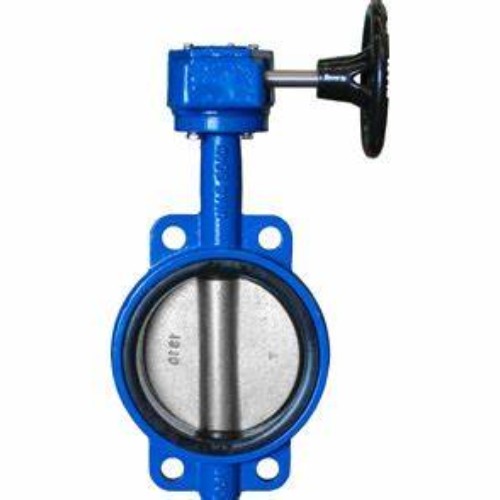Blind Flanges
Understanding Blind Flanges A Comprehensive Guide
Blind flanges are essential components in piping systems. They are circular plates that are used to close off the end of a pipe or a vessel, preventing any fluid from escaping. Unlike other flanges which allow for connections between different sections of piping, a blind flange does not have a central opening; rather, it serves as a seal, contributing to the overall integrity of the system.
What is a Blind Flange?
A blind flange, as the name suggests, is designed to be a solid piece of material that covers the end of a pipe. It is characterized by its lack of a bore, making it ideal for applications where a section of tubing needs to be permanently closed. This can occur in various situations, such as during maintenance, inspections, or when a section of a pipeline is temporarily out of service. They are crucial in preventing leakage and maintaining pressure within the system.
Applications of Blind Flanges
Blind flanges are widely used in various industries, including oil and gas, chemical processing, water treatment, and construction. Their primary function is to provide an effective sealing point in systems under pressure. They are especially beneficial in high-pressure environments, where leaks could have severe consequences. Furthermore, blind flanges can be used in systems that require future access points; they allow for easy disassembly and reassembly when needed.
Additionally, blind flanges can serve as end caps for various pipelines, making them an important component in modular piping systems. They can also be used in storage tanks, where sealing off certain sections may be necessary during the operate phase or for cleaning and maintenance purposes.
blind flange 3

Materials and Design Considerations
Blind flanges are available in a wide array of materials to accommodate different operational conditions. Common materials include carbon steel, stainless steel, and various alloys, which can withstand specific temperatures, pressures, and corrosive environments. The choice of material depends on factors like the nature of the fluid being transported, the pressure and temperature of the system, and the overall environmental conditions.
The design of blind flanges comes in various standards such as ANSI, API, and DIN, each specifying dimensions, pressure ratings, and manufacturing processes. This standardization ensures compatibility with other components in the piping system, making maintenance and repairs more straightforward.
Installation and Maintenance
Proper installation of blind flanges is critical to ensuring a leak-proof seal. This typically involves using gaskets and bolts to secure the flange to the pipe or vessel. Regular inspections should also be conducted to check for signs of corrosion or wear, as these can compromise the seal and lead to leaks over time.
In conclusion, blind flanges play a pivotal role in the functionality of piping systems. Their ability to effectively seal off sections of pipe enhances safety and operational efficiency across numerous industries. Understanding their design, applications, and maintenance considerations is key for professionals working with piping systems to ensure longevity and reliability in their operations. With advancements in materials and technology, blind flanges will continue to evolve, maintaining their critical role in industrial applications.
-
The Key to Fluid Control: Exploring the Advantages of Ball Valves in Industrial SystemsNewsJul.09,2025
-
The Versatile World of 1, 2, and 3 Piece Ball ValvesNewsJul.09,2025
-
Stainless Steel Ball Valves: The Ideal Choice for Efficient Flow ControlNewsJul.09,2025
-
Optimizing Fluid Control with Ball Float ValvesNewsJul.09,2025
-
Manual Gate Valves: Essential for Control and EfficiencyNewsJul.09,2025
-
Everything You Need to Know About Butterfly ValvesNewsJul.09,2025
-
The Versatility of Wafer Type Butterfly ValvesNewsJul.08,2025




